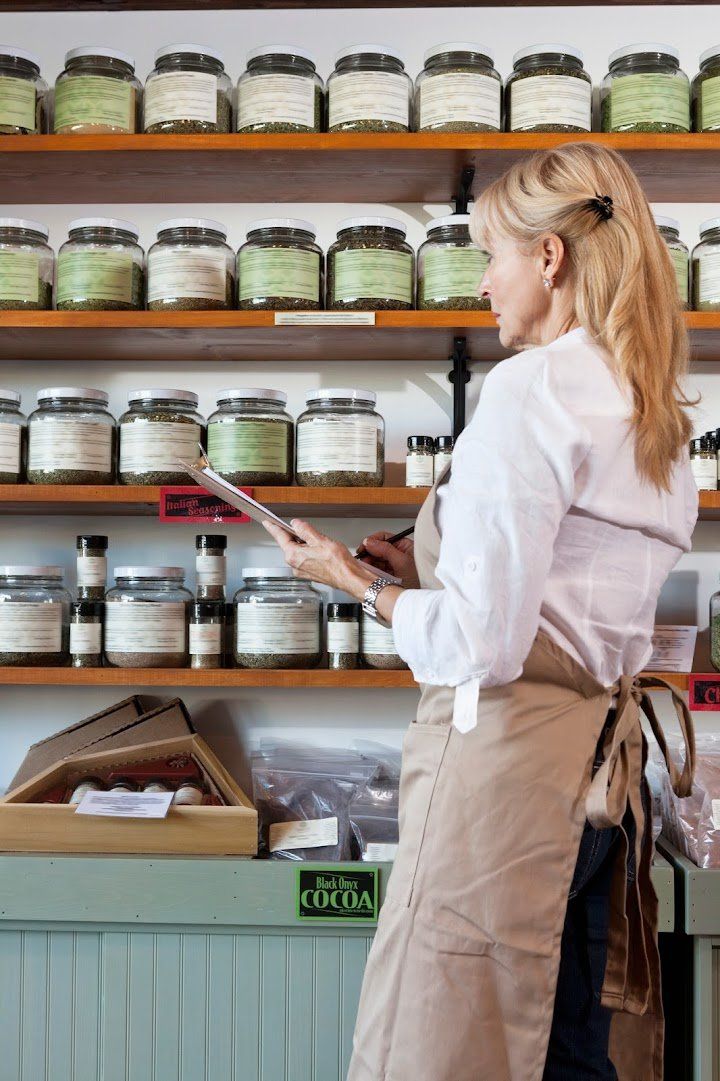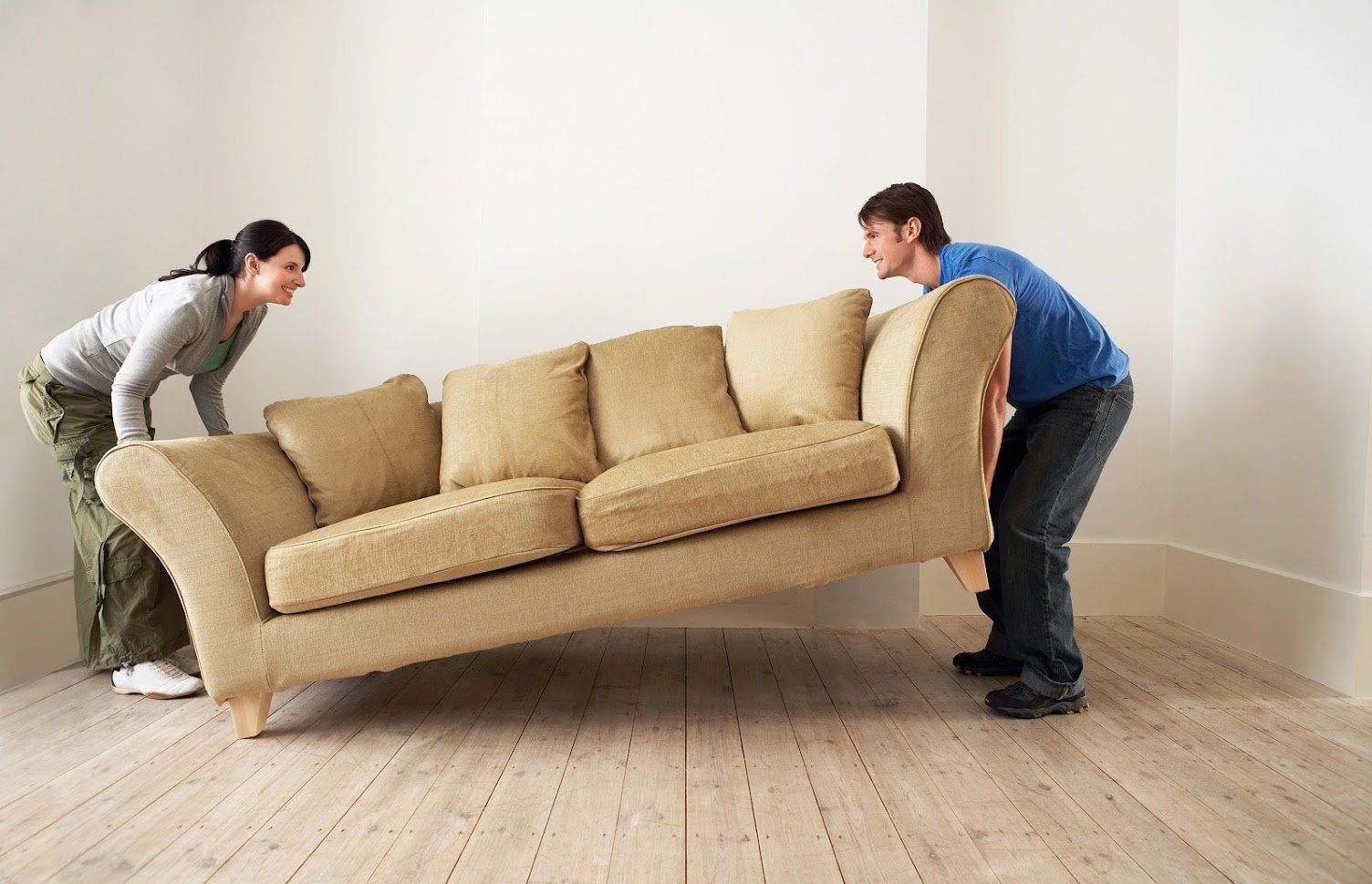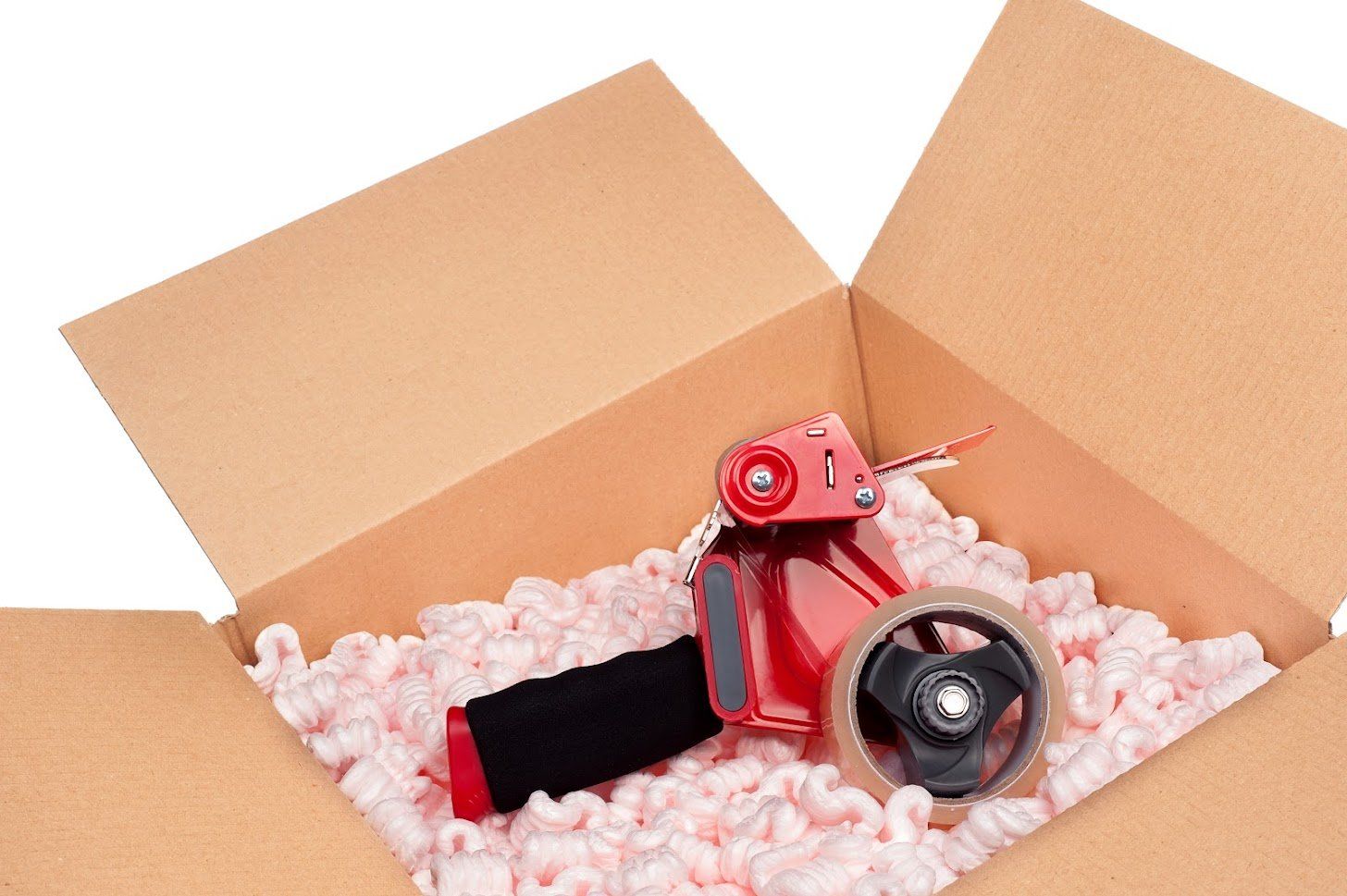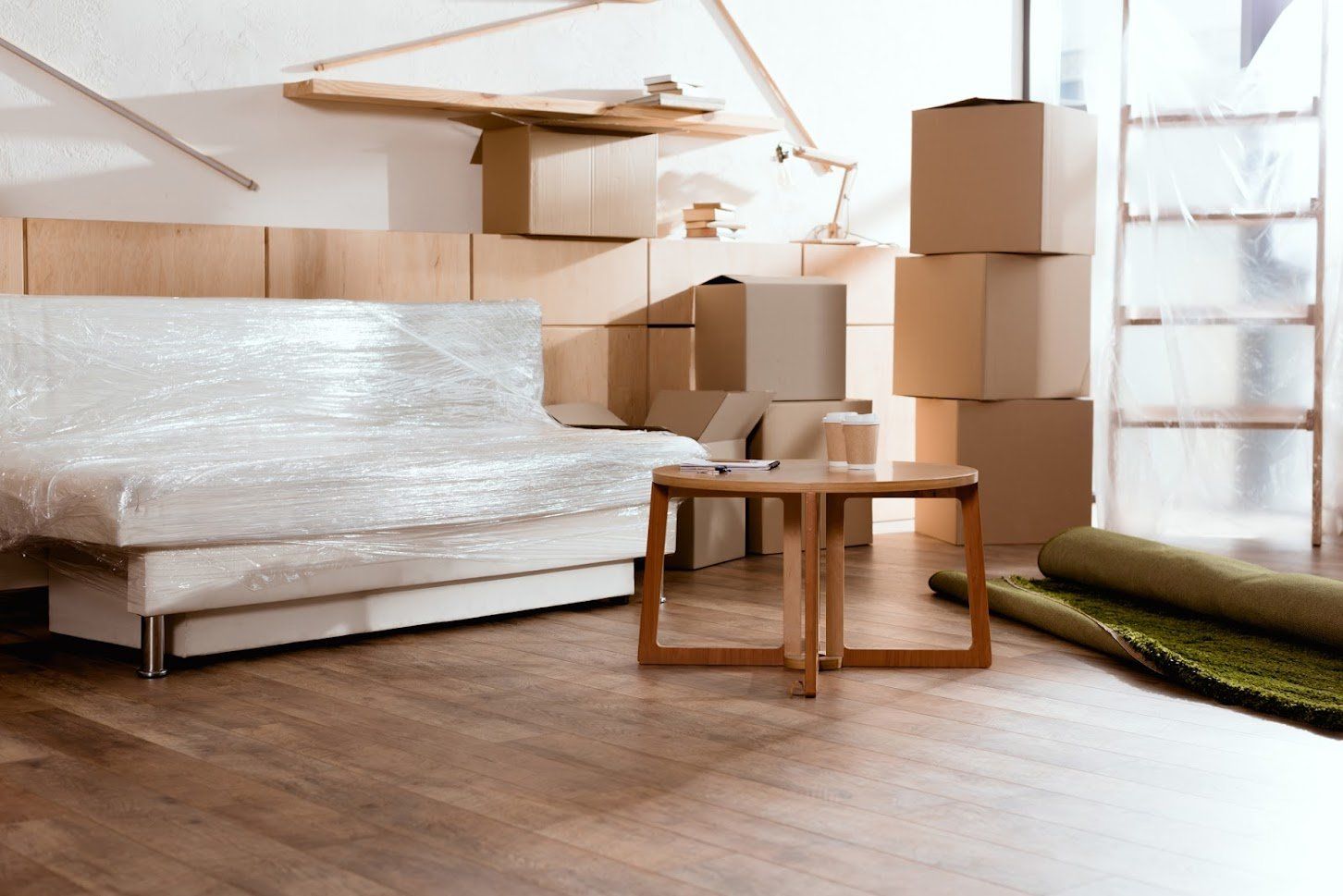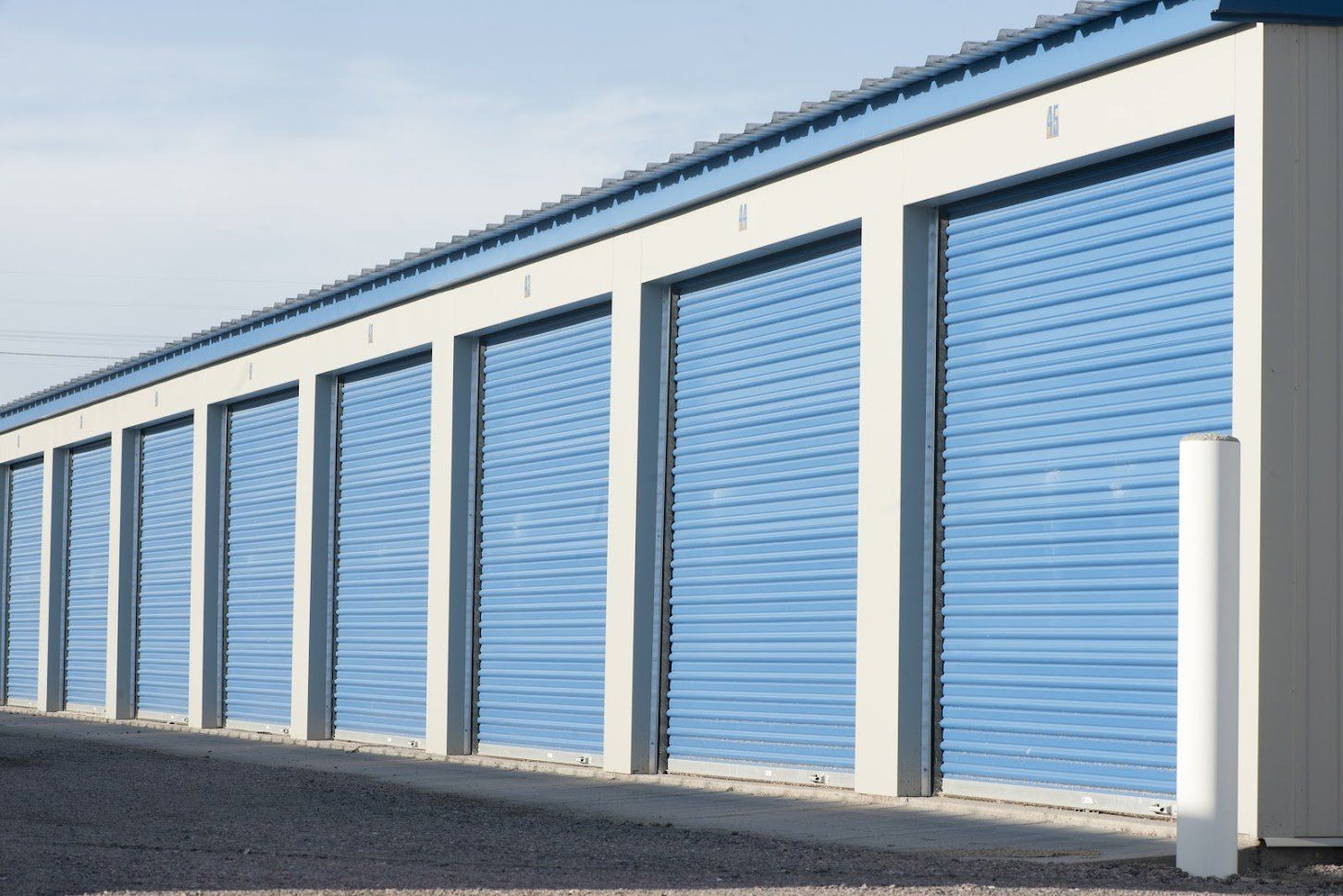Packing Your Kitchen: How to Move Everything but the Kitchen Sink
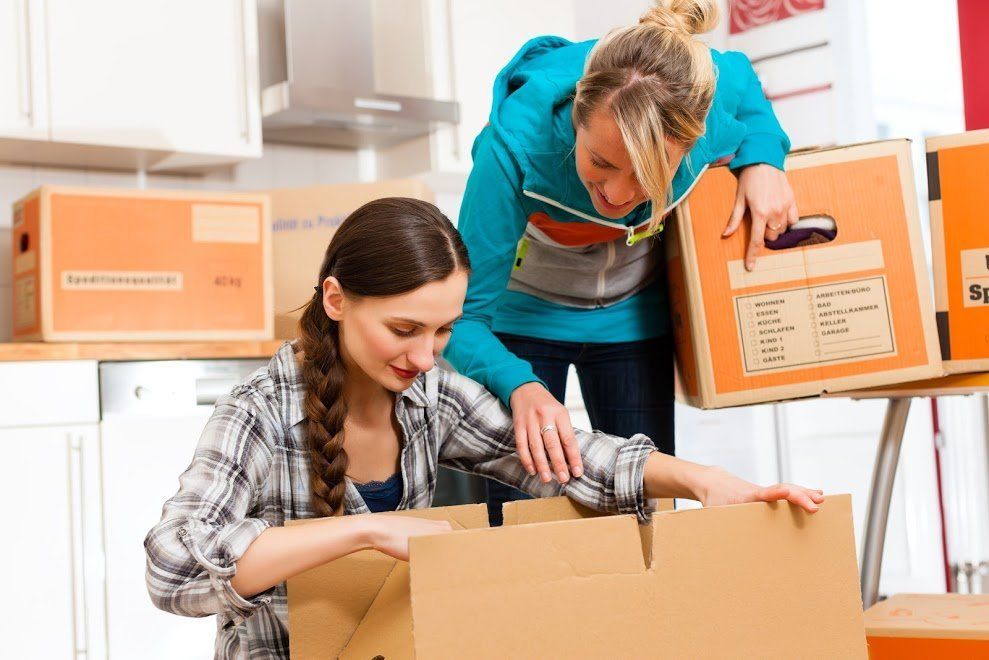
Without a doubt, kitchens are one of the most difficult rooms to pack up when moving.
Kitchens are filled with different types of items, each one with different levels of importance, fragility, and packing ease. On top of that, since you use your kitchen multiple times a day, you'll often want to leave packing it up until a few days before you move. This time crunch makes the process feel even more hectic and stressful.
Thankfully, as long as you approach the kitchen packing process step by step, it can be as easy as pie. Here's how to pack up everything in your kitchen—everything but the kitchen sink, of course.
Dishes and Glasses
Plates, bowls and other dishes are some of the most fragile items in any kitchen. Naturally, that makes them the most nerve-wracking to pack. The best way to get them to your new home in one piece is to wrap them individually with packing paper or newspaper. Put your plate in the centre of the sheet, then fold over the corners. You can tape it in place for extra security.
The same method also works for glasses. However, with glassware, you'll also want to make sure the inside is filled with paper too. For wine glasses, wrap the stems with bubble wrap until they're the same thickness as the rest of the glass.
It's best to put glasses in boxes with special dividers to stop them from knocking each other, but you can also add void fill or crumpled paper balls to a regular box to get the same effect.
Cutlery
Cutlery is easier to pack because it's a lot less fragile. However, it does have its own unique problem: it gets lost easily. To prevent losing forks and spoons, bundle them together and wrap them up in groups. Make sure you use acid-free paper to wrap your silverware to prevent any tarnishing.
For safety, use extra wrapping on sharp knives and draw an arrow on the outside to show which way the blades are facing. This will help prevent cuts when you unpack them.
Pots and Pans
The easiest way to pack pots is to stack them in groups of three, nesting small ones into big ones. This saves a lot of space and takes up less time. Pans are generally durable, but feel free to use your soft kitchen items like sponges and towels to fill the empty voids and stop the pots from knocking around.
Remember to pack glass lids separately in the same way you'd pack your plates.
Small Appliances
Small appliances are another kitchen essential to be extra careful with, since they're often expensive to replace if they get damaged. The best way to keep everything in good condition is to disassemble any lose parts and pack them according to their fragility. Glass mixer bowls, for example, should be packed like drinking glasses.
Large Appliances
Last but not least, unless you dispose of your large appliances—ovens, fridges, washing machines—you'll need to move them too. Some appliances have loose parts inside that should be packed up separately to prevent breakages. Fridge shelves and drawers, for example, should be removed and packaged like plates or glassware. You can also do the same with your oven shelves.
Once you're all packed up and ready to go, it's time to move everything to your new abode. If you want reliable removal professionals who you can trust to get everything from A to B in perfect condition, contact Zippy Removals & Storage. We offer residential moving services, packing supplies, and even a full pre-packing option if the kitchen gets too overwhelming.


